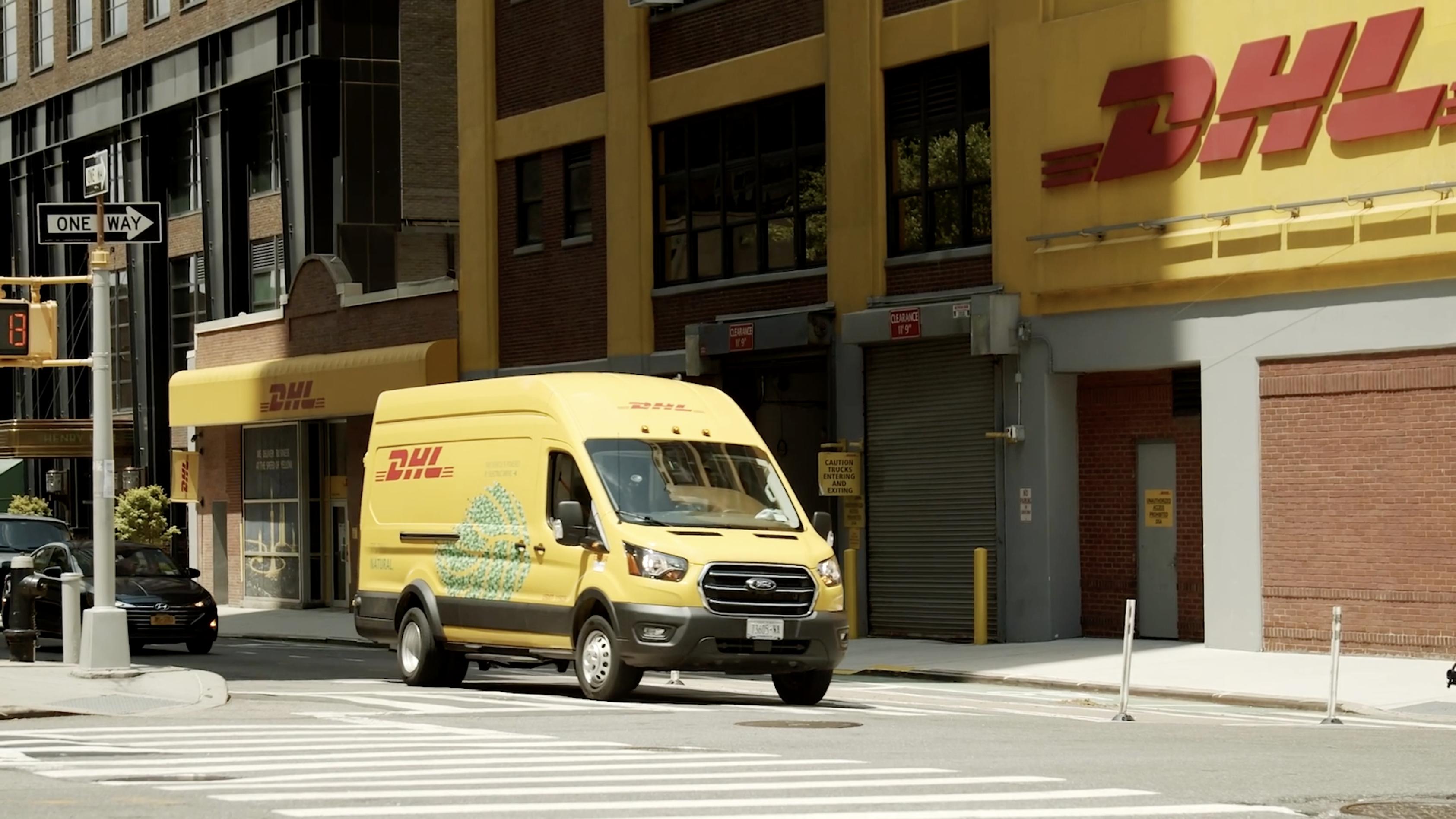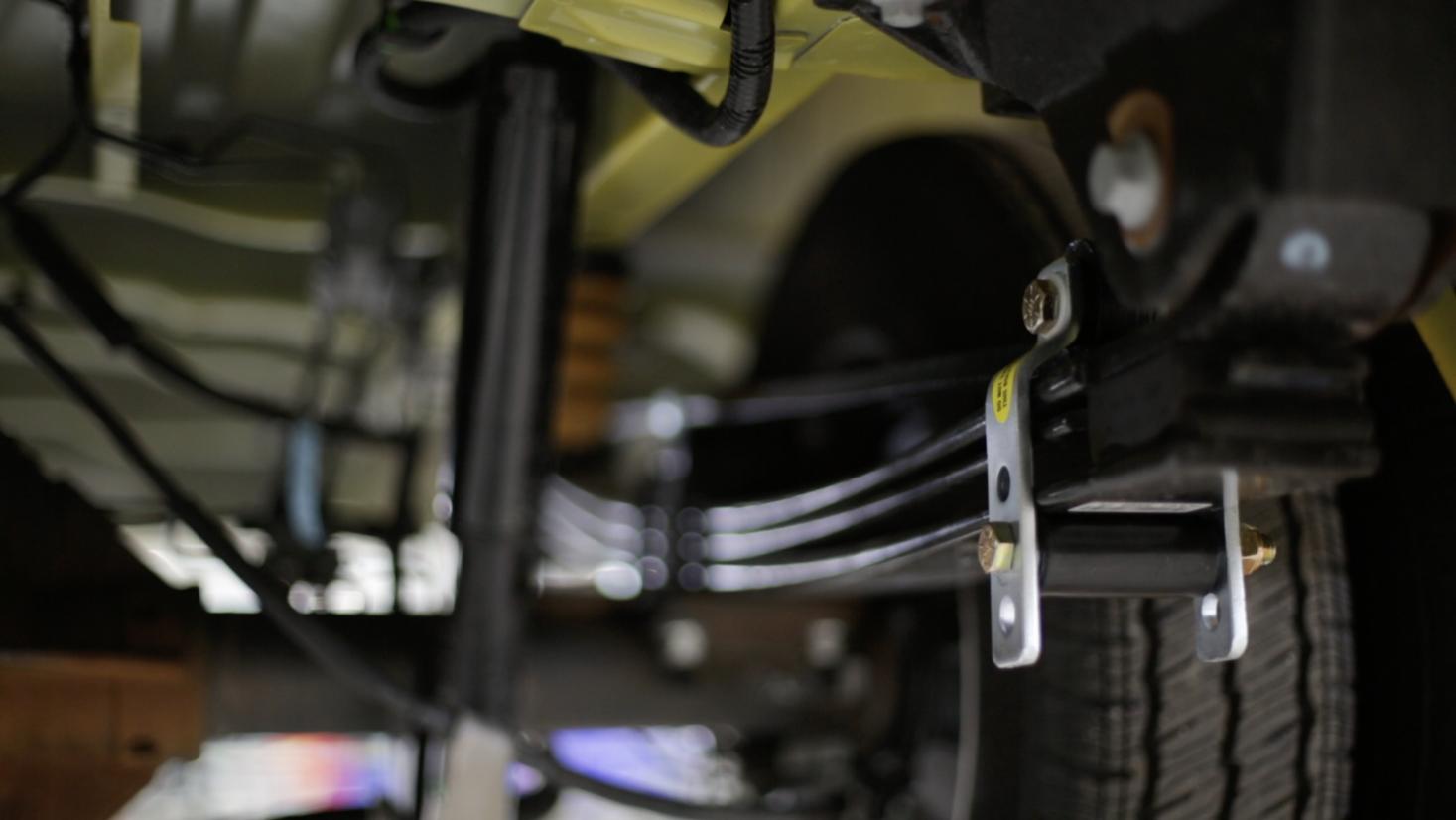
6 minute read
THE FUTURE IS ELECTRIC
A story about electric drivetrains, optimized mileage range, and a better journey.
Tom Bateman, Director of Marketing

It’s no secret that electric vehicles are the talk of the town. In fact, it won’t be long before it’s common place for households to own electric vehicles instead of gas- or diesel-powered engines. One thing that remains a question, however, is what will happen with the multitude of vehicles on the roads now and if there’ll be a way of retrofitting your favorite car. One Colorado-based company is already ready to answer that question.
For the past number of years, Lightning eMotors has been creating fully electrified engines that they then drop into what would otherwise be a traditionally powered vehicle. So you’ve got a 2022 cargo van or shuttle bus that all of a sudden makes essentially zero noise when driving around your parking lot and you’re left staring at it to try and figure out what it is! The reality is, it’s an electric vehicle – in the truest sense – just not one you’ve likely seen before. As Chelsea Ramm, VP of Global Supply Chain puts it, Lightning “has been doing electric vehicle retro ts on a huge variety of chassis’. We’ve also been doing it for so many years that we can do it on an old chassis, a 2016 vehicle, or a vehicle that was built this year.
Where this type of retrofit starts to really shine is when there’s a use-case that makes a real difference. That is seen in the new DHL delivery fleet in New York City. Lightning now creates a full system –powertrain, batteries, electronic brain etc. – for the Ford Transit 350HD. The all-electric powertrain and integration allows DHL to operate a fleet of cargo vans throughout the metropolis without creating any emissions or stopping for el. What’s more, by fine-tuning the exact needs for DHL, Lightning has been able to create the fleet while only using one battery per vehicle. higher efficiency, and plenty of driving range for the task at hand.
Chelsea goes on to explain that Lightning “has been working really hard to gure out how to make these vehicle for DHL – it’s a unique platform and not something we make for anyone else.” There’s a reason for that. “We do a lot of things that other people aren’t willing to tackle”, said Chelsea.
Perhaps additionally, what is going to increase the advantage that Lightning has is that the Ford Transit chassis has no signs of leaving the road anytime soon. In fact, it’s quickly becoming one of the most difficult vehicles to get a hold of. Likely because it’s the arguably the perfect cargo van, passenger bus, and conversion-ready Vanlife vehicle. As the world moves toward electric-powered chassis, Lightning has positioned themselves to be at the front of the pack.

According to Marketing Manager for Lightning, Dan Bennett, having the right appetite for new ventures is a hallmark philosophy for the company. “We’re not scared to go after niche requirements, and that means there’s some engineering needed on our end for individual customer requirements.” There’s evidently a massive amount of care and pride that goes into the creation and integration of the electric systems and vehicles they produce. That means when issues arise from their conversions, Lightning is the first to make sure it’s properly taken care of, and the right solution is included in the build. This is true of the DHL fleet.
We’re not talking about AA batteries here. These batteries are not small, and they’re not light. Adding that much weight to any vehicle is going to affect the ride height, the quality of the journey, and the control the driver has over the vehicle. To add to this, not addressing this immediately demises the desired range of the batteries as the vehicle is no longer operating as engineered. In the case of the DHL fleet, the battery is at the back of the vehicle and as result, the van has a common case of rear-end-sag… enter SuperSprings…
“We looked at the van and saw that the back was sagging so much that it would be compromised in its performance” Dan notes. A senior technician at Lightning has prior experience with the steel SuperSprings suspension solution and didn’t skip a beat in recommending that they be added to address the issue.
No more sag. No more performance issues. No more diminished battery range. It’s that simple.
Lightning eMotors has a passion to make their retro t vehicles the best they can possibly be. It just so happens we make journeys better. There isn’t a better fit.




ABOUT LIGHTNING eMOTORS
Lightning e Motors is based in Loveland, Colorado and has been creating high-e ciency engines since 20 0 8 . In recent years though, the company has made a switch to design and build electric engines that are then retro tted to several medium- and heavy-duty vehicles, including delivery trucks, shuttle buses, passenger vans, chassis-cab models, and city transit buses. Currently, Lightning produces elegantly integrated all-electric powertrains for the Ford Transit 350 HD passenger and cargo vans, Ford E- 450 shuttle bus and cutaway models, Ford F-59 step/food van, Ford F-550 cargo trucks and buses, Chevrolet 650 0 XD Low Cab Forward model, and 30 -foot, 35 -foot, and 4 0 -foot transit buses.







